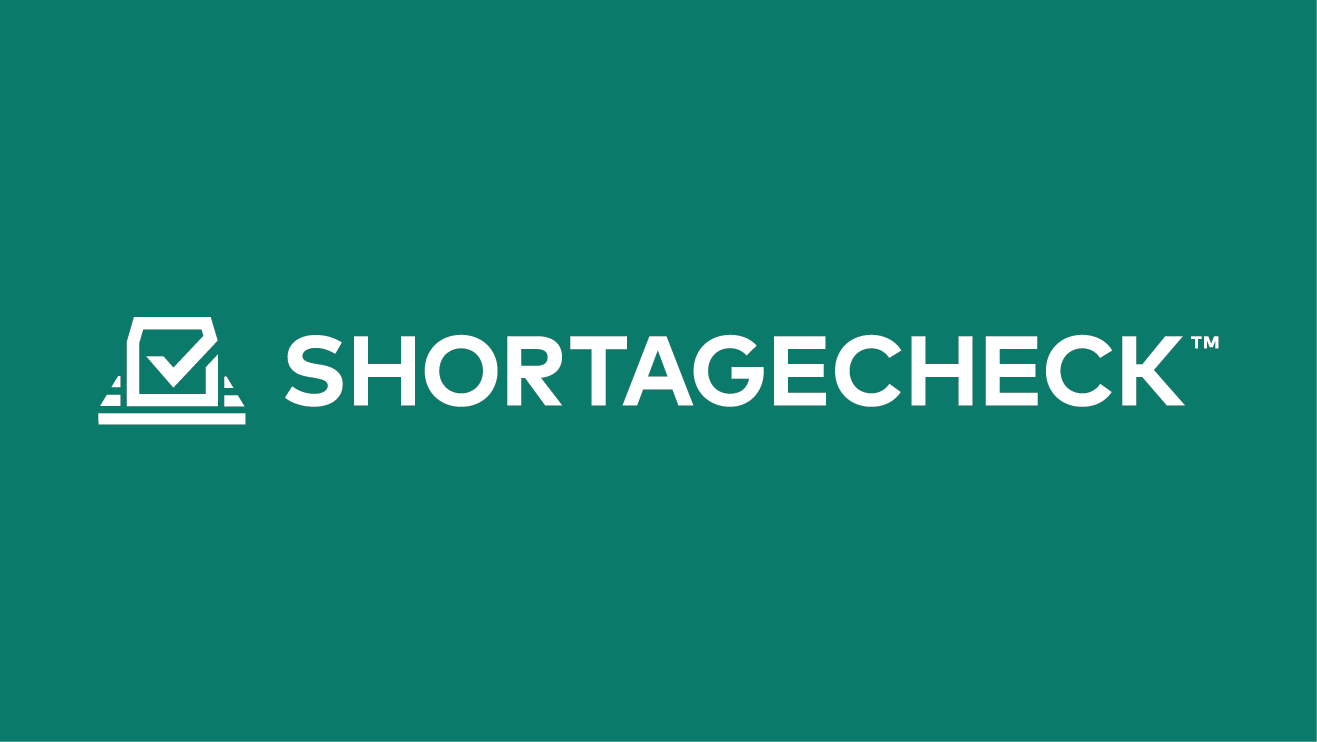Drug shortages are the #1 procurement challenge for hospital pharmacies. In a recently hosted webinar, AJ Rivosecchi, PharmD, Director of Product at Bluesight, and Paige Schmidt, PharmD, Inventory Pharmacist at Texas Children’s Hospital, examined today’s drug shortage challenges and unveiled new, forward-looking drug shortage management software.
Drug shortage challenges are more than an inconvenience
For hospital pharmacies, drug shortage challenges are a daily reality. According to industry data, 92% of pharmacy staff report shortages as a “constant annoyance,” with over half of the active shortages lasting more than two years. An astonishing 60% of pharmacists and buyers manage shortages every single day. And while this is often “just part of the job,” the costs associated with these shortages continue to grow, leading to significant operational and financial strain.
These shortages come at a tangible cost:
- Labor: Over 1,400 additional hours per hospital per year are spent managing shortages.
- Budgets: Institutions see a 5–20% increase in drug spending due to alternative sourcing.
- Patient Care: Treatment delays and limited options force clinicians into alternative approaches.
The burden on hospital resources is undeniable, highlighting the need for improved drug shortage management processes.
How hospitals are mitigate shortages today
At present, hospitals adopt a strategic mix of operational, clinical, and workload management strategies to respond to drug shortages challenges*:
- Labor and staffing adjustments: 46% report redistributing the workload followed by 44% utilizing overtime and 10% hiring additional staff.
- Clinical management: 97% report changing to therapeutic alternatives followed by 85% implementing rationing criteria and 84% converting to different dosage forms.
- Operational adjustments: 91% report purchasing other vial sizes or concentrations followed by 83% centralizing or consolidating inventory and 70% changing products in trays and carts.
But these drug shortage management strategies are often siloed, reactive, and simply not enough.
Texas Children’s Hospital perspective
During the webinar, Paige Schmidt shared how Texas Children’s Hospital is constantly updating their drug shortage management strategies. Currently, the process looks like:
- Relying on spreadsheets provided by their primary wholesaler, which highlight incomplete orders.
- Cross-checking those incomplete orders with secondary wholesalers for availability, often considering additional factors like excipients and preservatives due to pediatric care requirements.
While this process helps identify potential nationwide shortages early, the reliance on manual tracking demonstrates a widespread need for more advanced technological tools.
“It’s an evolving challenge,” Paige noted. “We’re expanding operations, managing multiple facilities, and trying to track days-on-hand with manual numbers. But factors like fluid shortages and supply chain disruptions during COVID have pushed us to explore alternative sourcing and technology-based drug shortage management solutions.”
AJ Rivosecchi further highlighted the need for innovation, stating,
“Shortages often lead us into repetitive cycles where we respond retroactively. We’ve seen limited progress in shortage management technology over the last five years, meaning hospitals continue to rely on spreadsheets and time-intensive manual counts”. He went on, highlighting the everlasting existence of shortages, “I can’t stop the weather, and I can’t make manufacturers produce a different number of items. Moving forward, we need to focus on creating a better, more efficient response when these things that we cannot control inevitably happen again.”
What the future of drug shortage management looks like
Successful and proactive drug shortage management hinges on addressing several core pillars:
- Real-Time Inventory Insight: Knowing precisely how much inventory you have and how fast it’s being consumed.
- Proactive Forecasting: Understanding when shortages might impact your facility and acting in advance.
- Market Visibility: Gaining full transparency of product availability across primary and secondary suppliers.
- Efficient Communication: Enabling teams to quickly share shortage updates and sourcing solutions across departments.
To address these challenges, Bluesight introduced an enhanced shortage management product. This drug shortage management software simplifies shortage response strategies through advanced features including:
- Prioritization: Focus on critical shortages, using ADC inventory data to calculate when supplies will run out.
- Customization: Track both national and site-specific shortages, enabling hospitals to respond to local disruptions in real-time.
- Mitigation: Access nationwide shortage data, review alternatives from wholesalers, and evaluate all viable sourcing options in one intuitive platform.
By integrating shortage management software, pharmacy teams can efficiently track, plan, source, and communicate — all from a single interface, reducing inefficiencies and delays.
Next up: predictive modeling
Looking ahead, Bluesight is slated to add advanced predictive modeling in 2025 to help health systems anticipate supply chain disruptions before they occur. Combined with existing features, this advancement will help hospitals take proactive steps to ensure uninterrupted patient care and operational stability.
To explore these innovations, watch the webinar or request a demo today.
*Source: Vizient Drug Shortages Impact Report



